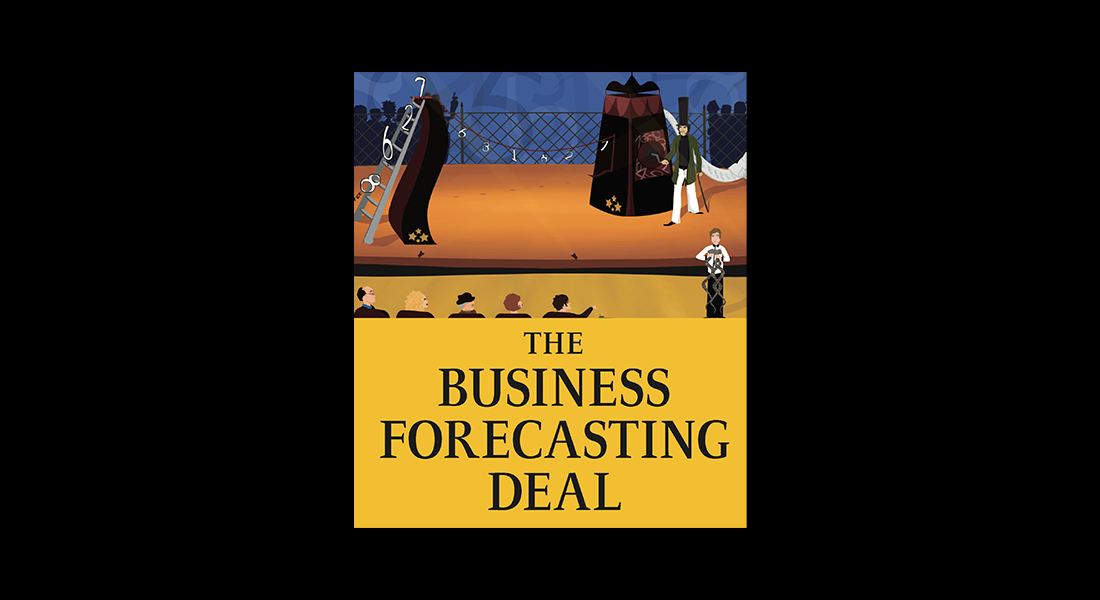
The INFORMS Conference on Business Analytics and Operations Research kicks off April 15 in Huntington Beach, CA. I had a chance to preview a presentation by Glenn Bailey, Sr. Director of Operations Research at Manheim (the $3B wholesaler auto auctioneer). Glenn's talk is on "The Need for Speed: Responsive Predictive Analytics,"

